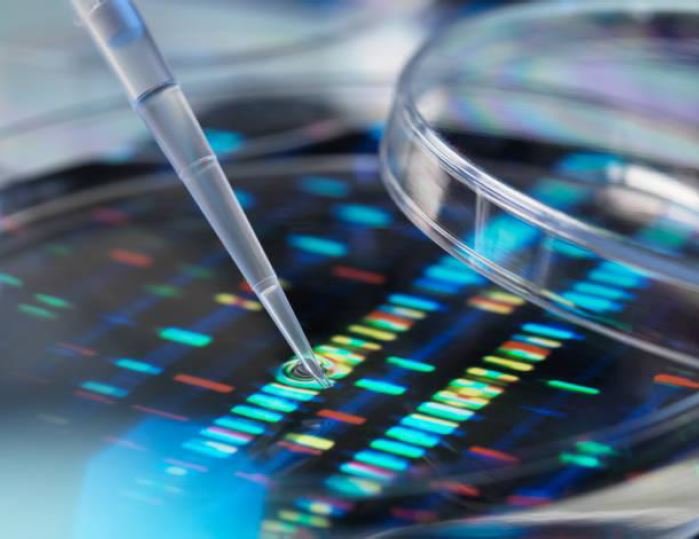
- 7 lessons
- 1 quizzes
- 10 week duration
Module 6
Gene Therapy Vectors
Gene therapy can be classified into two types of vectors:
1) Virus – Mediated vectors
2) Non – Viral vectors
1) Virus – mediated vectors
In case of viral vectors, Adenoviruses, retroviruses, Lentivirus are some common viral vectors whereas some less known viral vectors are also used such as Herpes – simplex virus (HSV-1).
A) Adenoviral vectors
This types of vectors known to be the 2nd most gene delivery carrier for gene therapy of many diseases such as various types of cancer and cystic fibrosis etc. Normally, a cellular receptor
attaches to the fibre and interacts with another receptor which is culpable for its internalization. CD46, CD86, CD80 and alpha MHC molecule become the primary receptors which are particular for specific strains of adenovirus and Integrins are the secondary receptors which sustenance in the viral fibres.
Advantage:
- They can taint a broad range of human cell types indulging non-dividing cells.
- They enrol into cells through endocytosis with a very high transduction efficacy scales up to 100%.
Disadvantage
- A short period of gene expression as they don’t integrate into the chromosomes.
- The vectors might produce immune response affecting chronic inflammations.
B) Retroviral Vectors
According to retroviral Gene delivery process, nucleoprotein complex delivered by retrovirus into the cytoplasm of infected cells to enabling and synthesize a complementary DNA. The viral genome initially starts with reverse interpret and then integrates into single site of the chromosome. Recombinant lentivirus are non-pathogenic in humans and have the capability to transduce stationary cells.
C) Herpes simplex Virus
HSV-1 is a double-stranded DNA virus with a wide pathogenic range which may harm dividing cells as well as non-dividing cells.
Non-Viral vectors:
Non-viral vectors such as Micro-injection, particle Bombardment, and gene transfer through Liposomes, nanoparticles, Polymers etc.
1) Micro-injection:
It is defined as the transmission of foreign DNA through a glass micropipette into living host cells. The cell adheres with a holding pipette and a micro-needle which containing the desired DNA. In Micro-injection, glass micropipette is feverish till the glass looks alike liquefied and easily stretched to the injection needle. The transmission of foreign DNA is Completed under the Powerful microscope or micromanipulator.
2) Particle Bombardment method:
In Particle Bombardment or Micro-projectile, Foreign DNA is coated outside the gold or tungsten particles. For delivery of foreign DNA, Micro-projectile uses high-velocity metal particles to target the cells. The coated particles are accelerated through air pressure into the target tissue of the plant. This mechanism or technique is also used for gene delivery in mammalian cells. Mammalian cells such as MCF7 exposed gene expression when transfected with green fluorescent genes and their expression of the gene was depends on the helium pressure, amount and size of Gold particles & DNA load on each particle.
3) Electroporation
In this process, the transfer of gene is done under the influence of the electric field, when an external current is applied to the protoplast which changes the cell membrane permeability. The efficacy of electroporation can be raised by providing the cell with an electric shock or by employing small quantity of PEG while employing electroporation.
